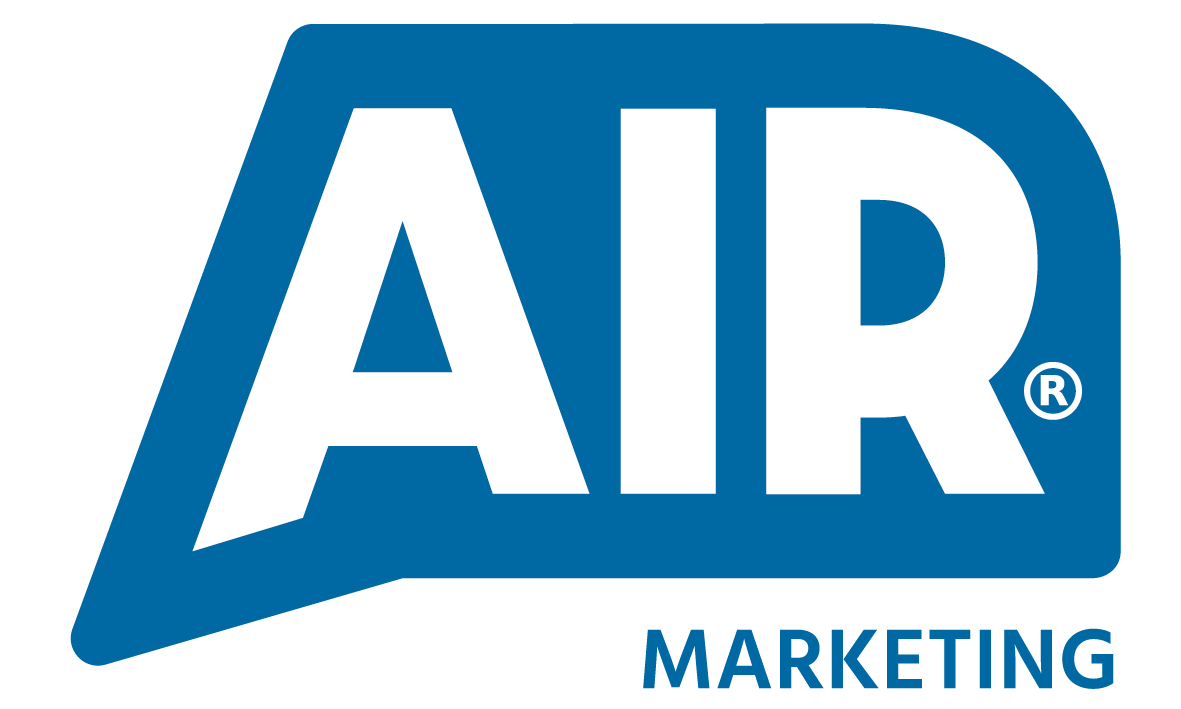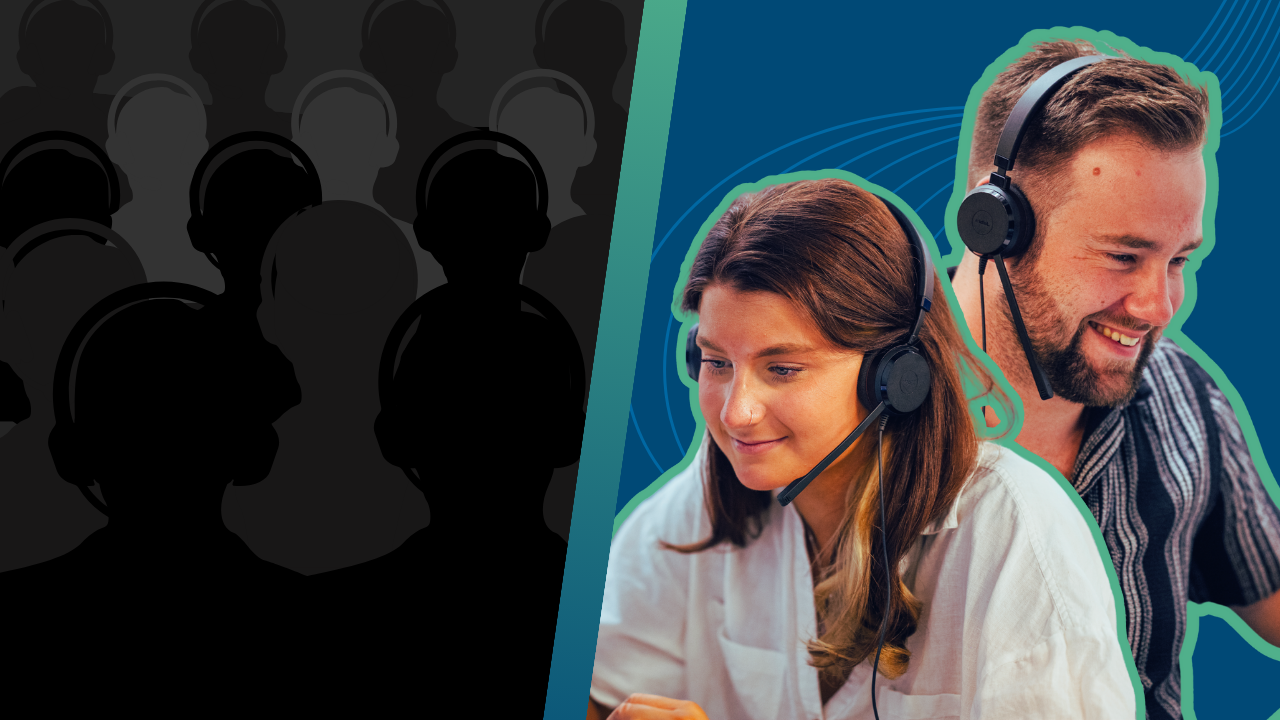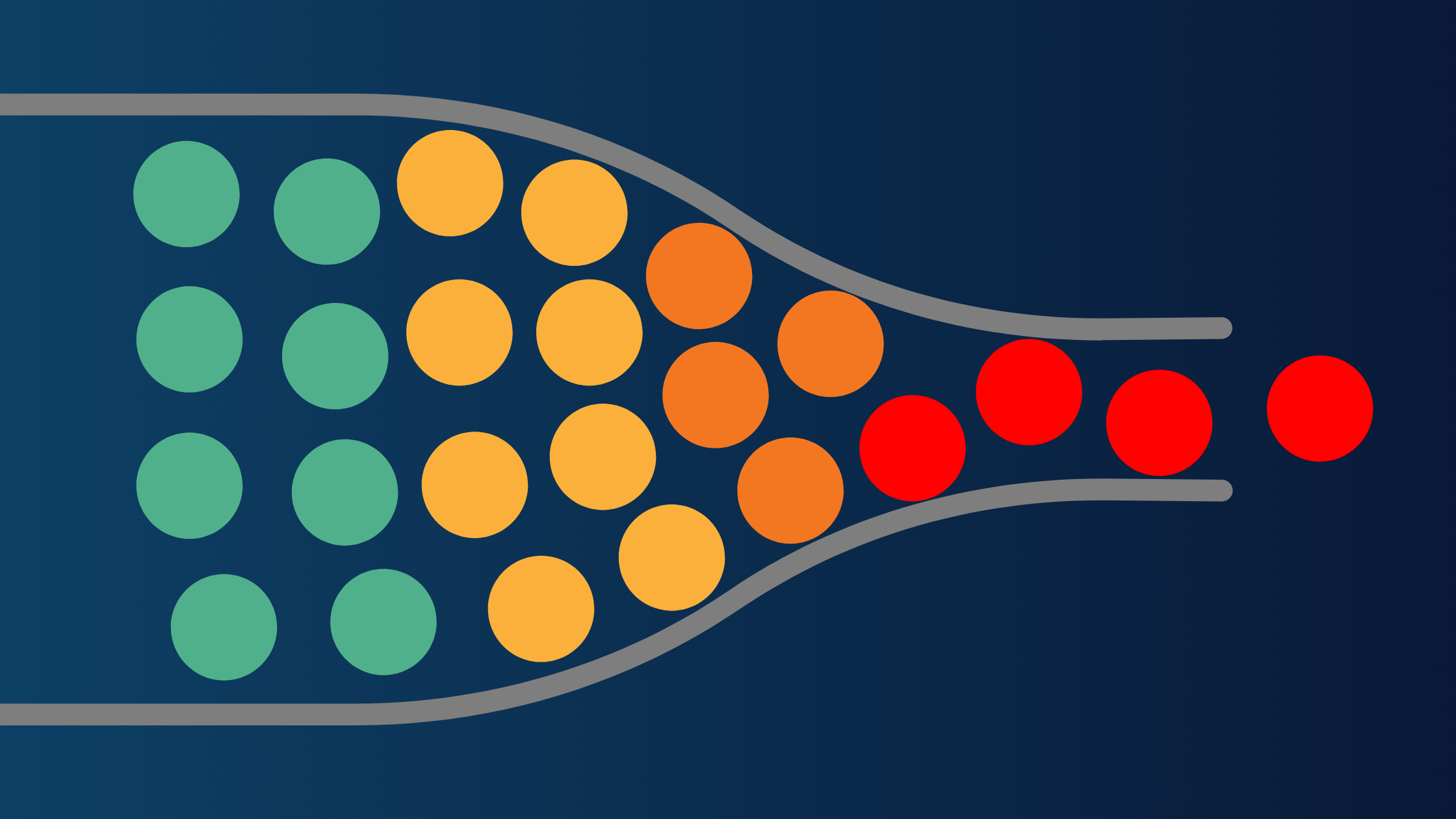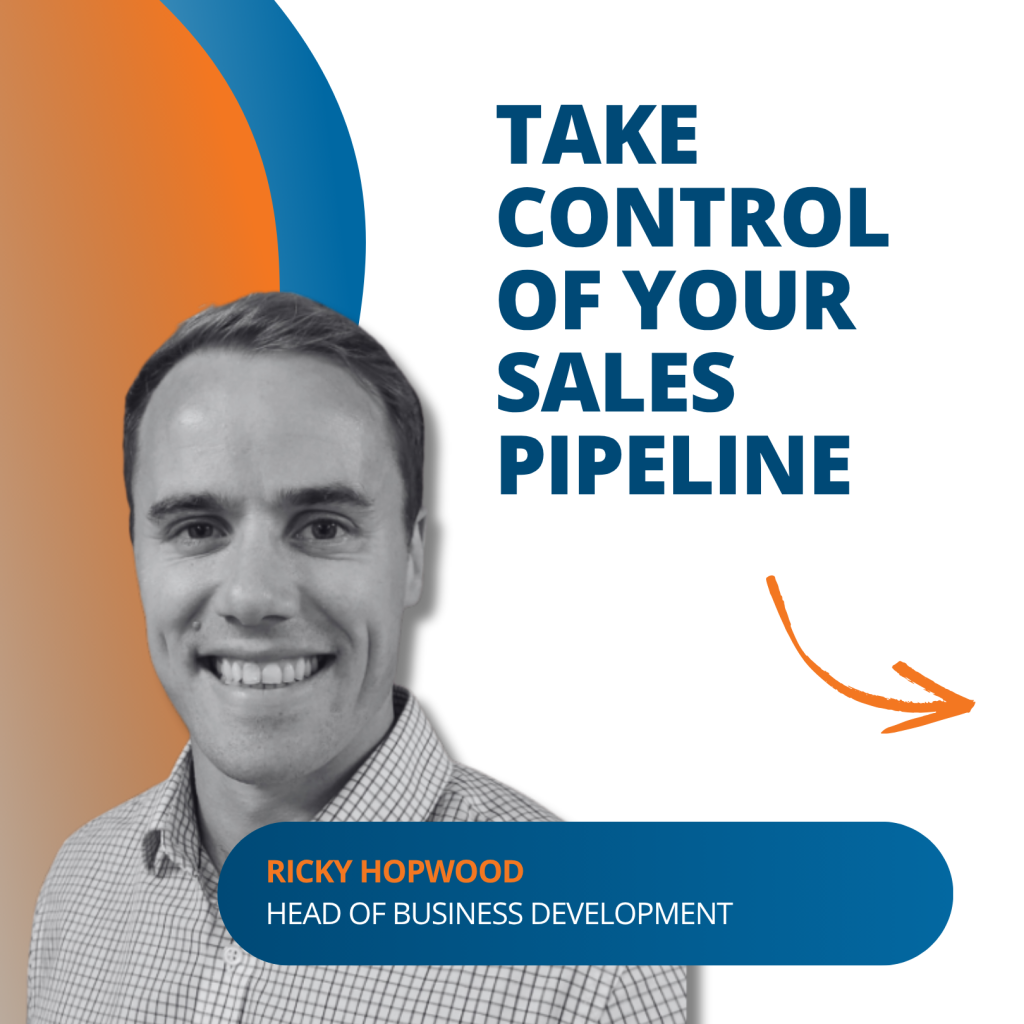
Sales leaders often assume pipeline loss comes down to objections, budget, competition, or shaky follow-up. Those factors play a role – but the data points somewhere far more fundamental.
Research shows that in 54.5% of deals*, there is a misalignment between buyer and seller on the core problem that needs solving.
Not poor product knowledge. Not bad proposals. Not inadequate closing technique. The real damage starts in the very first meaningful conversation.
The consequence? When you miss the real problem in discovery, everything downstream becomes harder: qualification, proposal, negotiation, forecasting, and renewal.
Misalignment begins earlier than you think
When sellers and buyers aren’t aligned on the problem, everything downstream loses precision:
- Qualification becomes subjective and driven by “gut feel” rather than clear criteria.
- Messaging becomes generic, because the real commercial pain isn’t fully understood.
- Proposals miss the true decision drivers, so deals slow down or stall.
- Forecasting becomes skewed, and a high percentage of deals drift into “no decision”.
This isn’t a skills issue. It’s a process issue.
Why this process gap exists
In our work with sales teams, we see three common causes.
1. Discovery isn’t clearly defined in the process
Teams assume discovery is happening because calls are happening. But without a shared structure, the quality varies wildly.
2. Reps mistake rapport for qualification
Conversations feel “good”, so opportunities get progressed — despite vague commercial impact or urgency.
3. Leaders mirror their top performer – and assume everyone else does too
The rest of the team rarely replicates the same discipline, resulting in inconsistency disguised as pipeline.
This is why your pipeline feels unpredictable
If early-stage conversations lack clarity, later-stage accuracy becomes impossible.
- Your pipeline looks full, but a significant percentage isn’t genuinely qualified.
- Forecasts lean towards optimism because deals appear more progressed than they are.
- Deals seem to “drop out” suddenly when they were never truly aligned in the first place.
A structured review separates a pipeline that looks healthy from one that truly converts.
Fixing the process gap that loses half your deals
A proper assessment of your sales process reveals where discovery is breaking down. A robust review should examine:
- Whether discovery is consistent across the team — not just your highest performers.
- Whether you uncover the real business problem, not surface-level needs.
- Whether progression criteria create clarity — or add noise.
- Whether your qualification model helps or hinders prioritisation.
- Where real behaviours differ from your documented process — and why.
When teams fix this one structural gap, conversion lifts across the entire funnel — not through new tools but because every deal starts with clarity.
*Source: Corporate Visions – Reality Gap Study indicating that in 54.5% of deals, buyers and sellers are misaligned on the core problem to be solved.
If you’re seeing stalled deals, inconsistent forecasting, or a pipeline that looks busy but doesn’t convert, this is the most likely root cause.
Our Sales Process Assessment & Audit helps reveal the gaps your team can’t see internally – including exactly where discovery is falling short and what needs to change.














